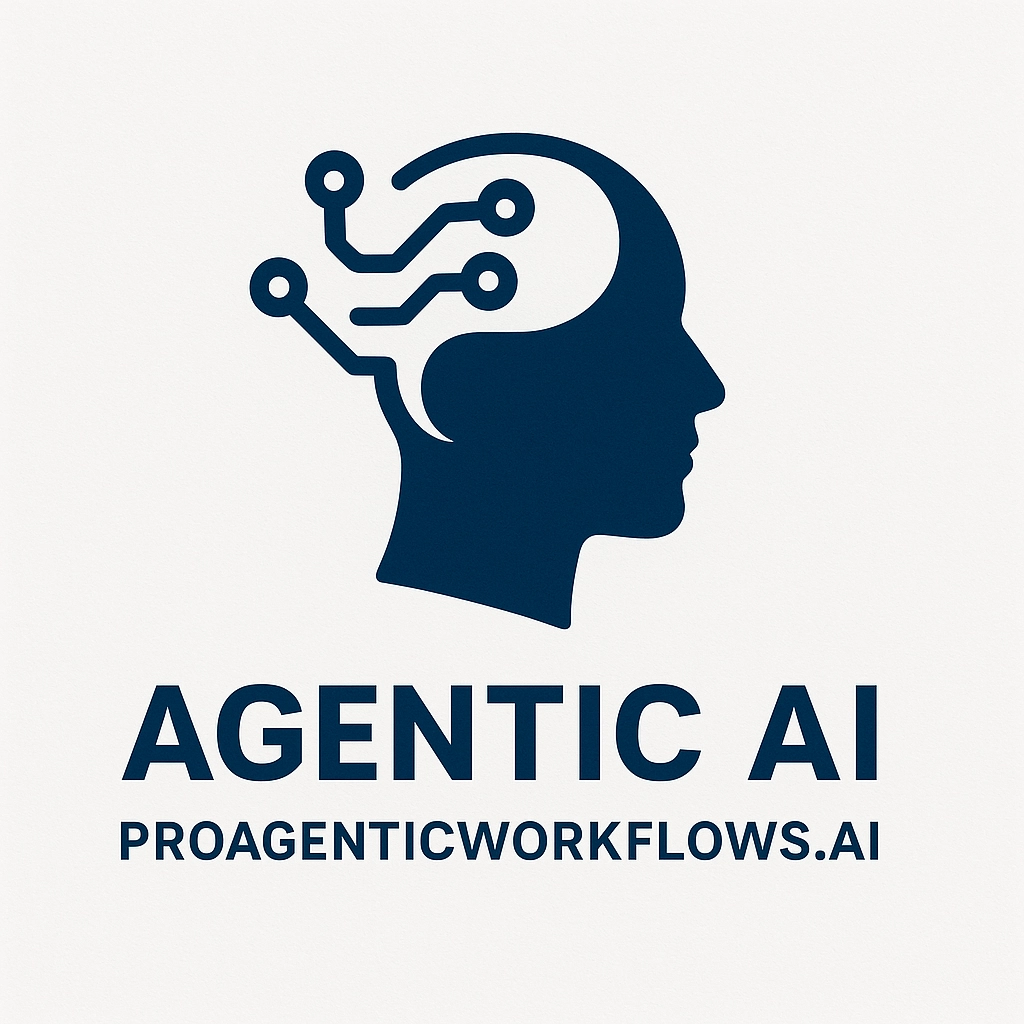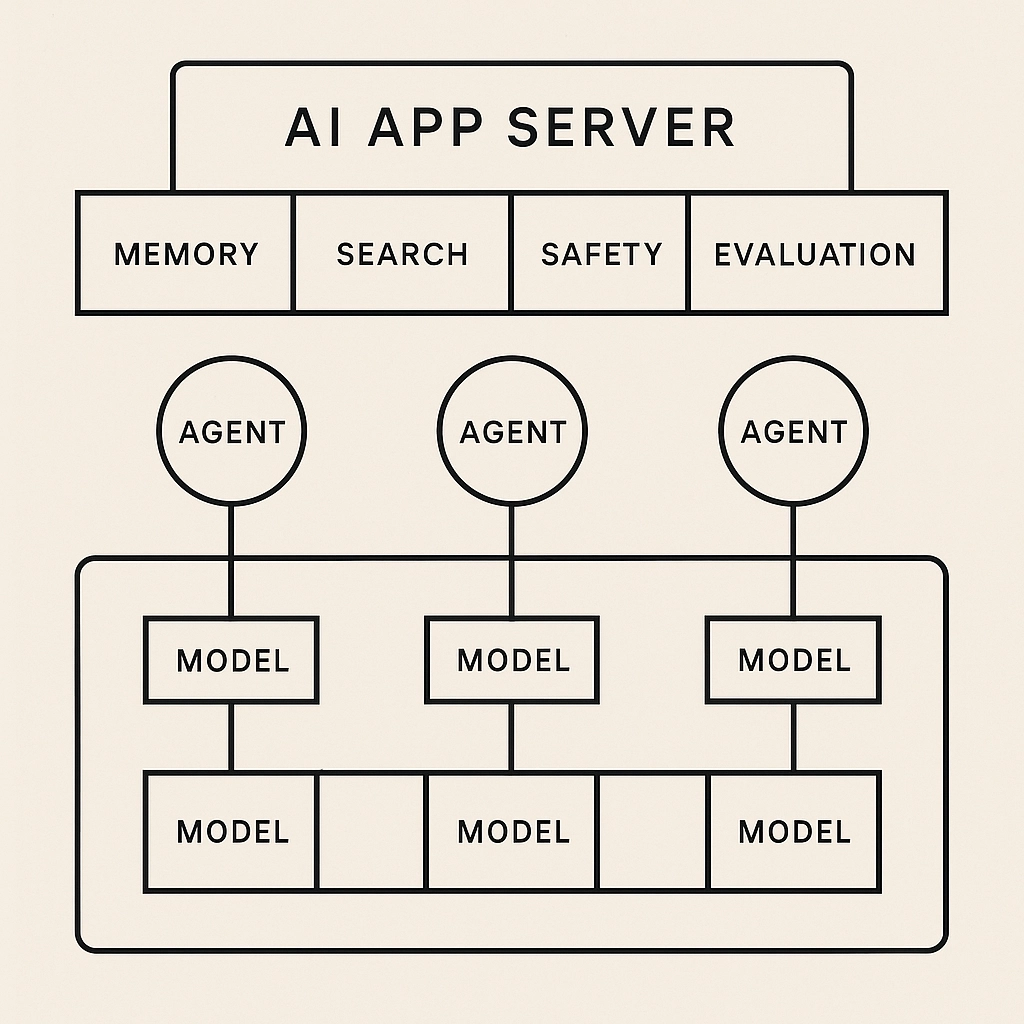AI agents are rapidly transforming industries by offering dynamic decision-making and real-time interactions. The concept of memory within AI agents draws inspiration from human cognitive memory systems, which enable adaptive reasoning and context-driven actions. This guide explores a brain-inspired approach to memory architectures for AI agents and outlines practical steps for implementation, using healthcare as a context.
Understanding Brain-Inspired Memory in AI Agents
In humans, memory systems are highly specialized, enabling the storage, retrieval, and processing of information across varying time scales. Translating these concepts to AI agents involves structuring memory into layers and functions analogous to the human brain:
1. Long-Term Memory (LTM)
LTM acts as the agent’s repository for persistent knowledge, akin to the human hippocampus and cortex, which manage episodic and semantic memories.
Episodic Memory (Events):
Purpose: Functions like the hippocampus, retaining a "diary" of specific past interactions and actions.
Implementation: Utilize vector databases (e.g., Pinecone, Weaviate) to encode and retrieve detailed event representations.
Example: Storing patient symptoms and diagnostic outcomes to identify trends over time.
Semantic Memory (Facts):
Purpose: Mirrors the neocortex, housing structured knowledge about the world and domain-specific facts.
Implementation: Use Retrieval-Augmented Generation (RAG) with external knowledge bases to provide context-rich responses.
Example: Accessing up-to-date medical guidelines for evidence-based recommendations.
Procedural Memory (How-to):
Purpose: Operates like the basal ganglia, storing rules and instructions for performing tasks.
Implementation: Maintain operational data (e.g., system prompts, workflows) in Git repositories or registries.
Example: Retaining procedural steps for handling patient data in compliance with HIPAA.
2. Short-Term (Working) Memory
Short-term memory is analogous to the prefrontal cortex, which holds immediate, task-relevant information.
Purpose: Provides transient context by combining relevant LTM inputs with new data for current tasks.
Implementation: Utilize prompt orchestration frameworks to synthesize episodic and semantic memories into a compact context window.
Example: Summarizing a patient’s recent symptoms and historical data for diagnostic suggestions.
3. Memory Consolidation
Purpose: Mimics the biological process of integrating short-term experiences into long-term storage.
Implementation: Periodically update LTM by summarizing and indexing short-term interactions.
Example: Regularly adding diagnostic outcomes to episodic memory to improve future predictions.
Implementing AI Agents with Cognitive Memory
1. Cognitive Architecture Selection
Choose an architecture aligned with brain-inspired principles:
ReAct Framework: Integrates reasoning and action, resembling decision-making pathways.
Chain-of-Thought (CoT): Enables step-by-step logical reasoning, similar to deliberative thought.
Tree-of-Thoughts (ToT): Allows exploration of multiple solution pathways, akin to strategic planning.
2. Long-Term Memory Configuration
Episodic Memory:
Tool: Vector databases like Pinecone or Qdrant.
Data Storage: Encode patient interactions and outcomes into high-dimensional vectors.
Integration: Leverage embedding models (e.g., OpenAI, Google Vertex AI) for indexing.
Semantic Memory:
Tool: Knowledge graphs or RAG frameworks.
Data Storage: Include medical ontologies, structured (e.g., JSON) and unstructured (e.g., PDFs) data.
Pipeline: Dynamically retrieve information using vector search.
Procedural Memory:
Tool: Git repositories or structured registries.
Storage: Maintain system prompts, tool configurations, and compliance workflows.
3. Short-Term Memory Configuration
Aggregation: Combine episodic, semantic, and real-time data into a coherent prompt.
Orchestration: Use frameworks like LangChain or LangGraph for managing task-specific inputs.
Optimization: Summarize large memory inputs to fit LLM token constraints.
4. Tool Integration
AI agents must interact with external systems to emulate human-like adaptability:
Extensions: Bridge APIs (e.g., EHR systems) to enable data retrieval and action execution.
Functions: Allow client-side control for enhanced flexibility.
Data Access: Provide seamless integration with dynamic medical databases.
Practical Example: Diagnostic Assistance in Healthcare
Scenario: A patient presents with symptoms, and the AI agent assists in diagnosing potential conditions.
Episodic Memory: Retrieves records of similar past cases.
Semantic Memory: Consults medical databases for symptom-disease correlations.
Procedural Memory: Follows diagnostic guidelines to structure its reasoning.
Short-Term Memory: Combines current patient data with retrieved knowledge to suggest diagnoses.
Implementation:
1from langchain.agents import initialize_agent 2from langchain.vectorstores import Pinecone 3Optimizing Performance
1. Memory Management
Pruning: Periodically remove outdated or irrelevant data from LTM.
Consolidation: Integrate useful short-term data into LTM after task completion.
2. Context Optimization
Use summarization models to fit memory within token limits.
Prioritize recent and task-relevant data for inclusion in short-term memory.
3. Adaptive Tool Usage
Dynamically select tools based on task requirements.
Optimize API calls to minimize latency and maximize accuracy.
4. Compliance and Security
Ensure all memory components adhere to data protection regulations (e.g., HIPAA).
Implement encryption and access controls for sensitive data.
Conclusion
By drawing inspiration from human cognitive memory systems, AI agents can achieve enhanced reasoning, adaptability, and contextual awareness. Through a structured approach to memory architecture and integration of advanced tools, these agents are well-equipped to tackle complex tasks across industries, from healthcare to customer support.
As memory systems evolve, the potential for AI agents to mirror human-like cognition will continue to unlock transformative opportunities across domains.






Comments